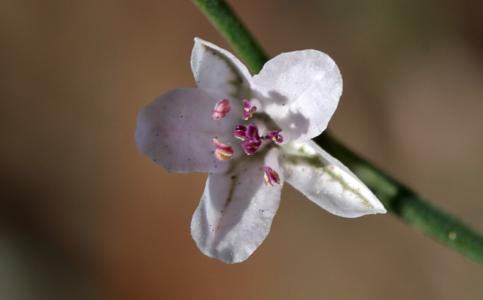Erect Knotweed
(Polygonum erectum)

Description
“Pet poisonous” – Toxic parts: sap Polygonum erectum is a North American species of annual plant species in the buckwheat family, with upright or ascending stems, called erect knotweed. It was once cultivated for food by Native Americans as part of the group of crops known as the Eastern Agricultural Complex. It is found primarily in the northeastern and north-central parts of the United States, but with scattered populations in other parts of the US and also in Canada. Polygonum erectum grows 10–75 cm (4–29.5 in) tall with many to few, non-wiry branches. The leaves have distinct veins and entire edges or have jagged cut edges. The pedicels are shorter or equal the length of the calyx and typically longer than the ocreae. The closed flowers have a calyx that is typically 3 mm long, green in color and 5-lobed. Flowers in clusters of 1 to 5 in cymes that are produced in the axils of most leaves. The calyx segments are unequal with the outer lobes longer and not keeled and the inner ones narrowly keeled. The tepals are greenish, with yellowish tinting or sometimes with whitish tints. The seeds are produced in fruits called achenes that can be of two different types; one type is dark brown with a shiny surface and is broadly egg-shaped, typically about 2.5 mm (1–10 inch) long. The other achene type is dull brown, exsert and egg-shaped, and 3–3.5 mm (0.12–0.14 in) long. Late season fruiting is uncommon and if produced the achenes are 4 to 5 mm (0.16 to 0.20 in) long
Taxonomic tree:







